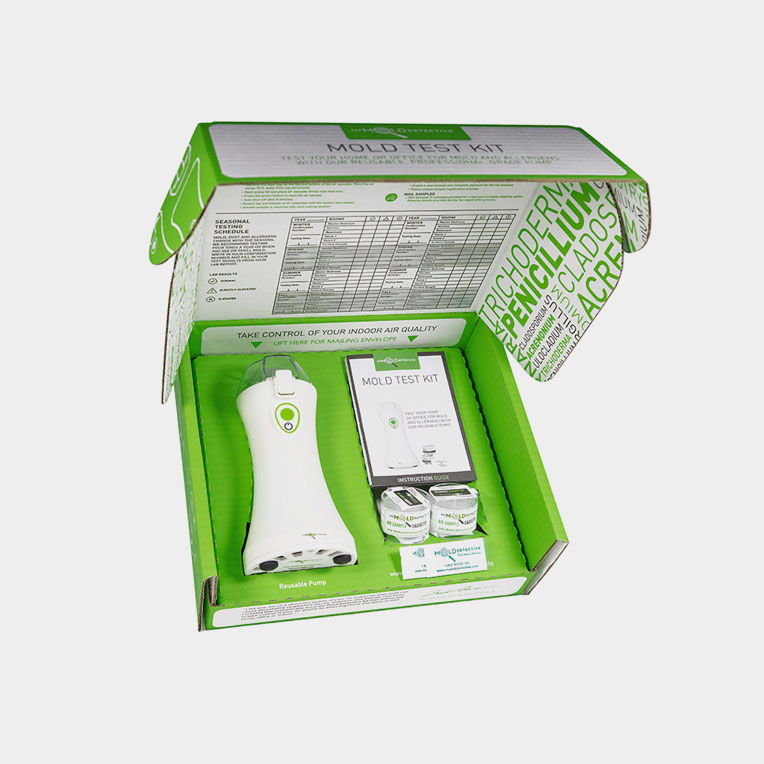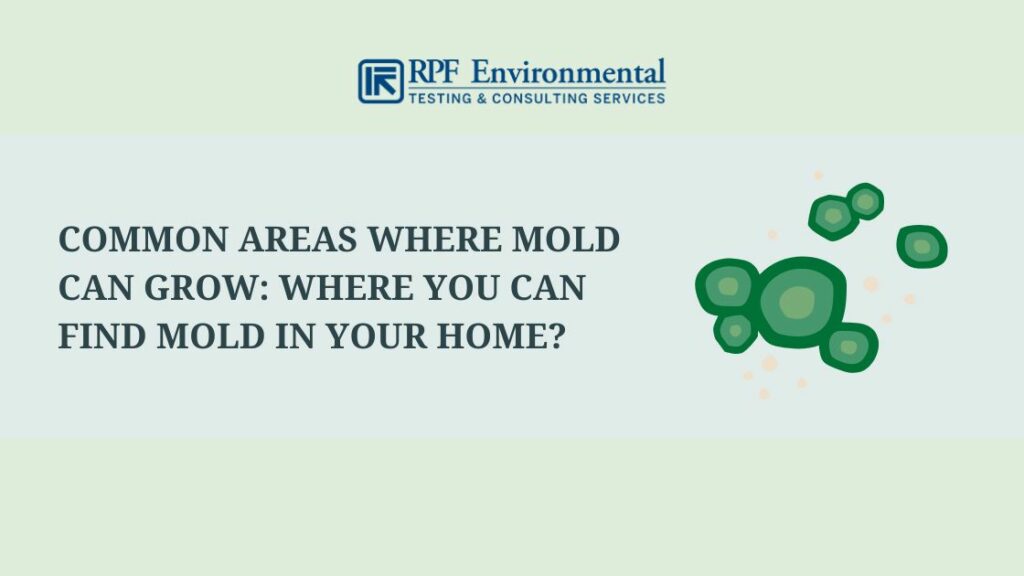Understanding the Importance of Trustworthy Mycotoxin testing Services
Wiki Article
Just How Mycotoxin Screening Aids Prevent Contamination and Protect Food Materials

Mycotoxin testing is an important method in the food sector, offering as a frontline protection against contamination by hazardous toxins generated by molds. Through the application of innovative methods like High-Performance Liquid Chromatography (HPLC) and Fluid Chromatography-Mass Spectrometry (LC-MS), food producers can accurately measure and spot mycotoxin degrees in agricultural items. This positive approach not just guarantees compliance with rigid security regulations yet likewise reduces wellness risks to consumers. Regular screening fortifies brand track record and monetary health by minimizing contamination-related incidents. Just how exactly do these testing methods integrate into the more comprehensive food safety approach?
Recognizing Mycotoxins
Comprehending mycotoxins starts with identifying that they are poisonous second metabolites generated by particular mold and mildews, which can infect agricultural products. These metabolites are not vital for the growth or reproduction of the fungi but can have severe implications for animal and human wellness. Mycotoxins are generally located in staple plants such as corn, wheat, barley, and nuts, where they can multiply under certain conditions of moisture and temperature level.
There are numerous kinds of mycotoxins, each created by different fungal species. Aflatoxins, generated by Aspergillus varieties, are among the most infamous, understood for their carcinogenic buildings. An additional considerable team consists of ochratoxins, produced by Aspergillus and Penicillium varieties, which have nephrotoxic impacts. Fusarium species generate trichothecenes and fumonisins, both of which are connected with different acute and chronic health and wellness concerns.

Threats of Mycotoxin Contamination
The threats of mycotoxin contamination are diverse, presenting considerable risks to both food safety and public wellness. Mycotoxins, hazardous compounds produced by particular kinds of fungi, can infect a large range of farming products including grains, nuts, seasonings, dried fruits, and coffee. As soon as these contaminants infiltrate the food supply, they can bring about severe health concerns such as liver damages, kidney failing, and even cancer cells. Susceptible populaces, including youngsters, the elderly, and immunocompromised individuals, are specifically in jeopardy.
Financial impacts are one more major worry. Contaminated plants can result in considerable financial losses for farmers and food producers due to lowered returns and the demand for costly purification measures. Global trade can be substantially prevented as countries impose stringent mycotoxin guidelines to shield their populaces, leading to rejected deliveries and stretched profession relations.
Environmental elements such as climate modification worsen the threat of mycotoxin contamination. Variants in temperature level and moisture can develop beneficial conditions for fungal growth, enhancing the possibility of contamination events. Therefore, understanding and minimizing these threats are crucial for guaranteeing the security and stability of worldwide food supplies.
Techniques of Mycotoxin Examining
Precisely try here determining mycotoxin contamination in agricultural products is necessary for securing public health and wellness and keeping food security requirements. Different methods are employed to detect and evaluate mycotoxins, each offering details benefits and restrictions.High-Performance Liquid Chromatography (HPLC) is a widely made use of approach because of its high sensitivity and accuracy. It includes separating mycotoxins from various other materials in a sample, enabling exact metrology. In A Similar Way, Liquid Chromatography-Mass Spectrometry (LC-MS) combines fluid chromatography with mass spectrometry to supply comprehensive molecular information, making it specifically helpful for identifying numerous mycotoxins all at once - Mycotoxin testing Services.

Gas Chromatography-Mass Spectrometry (GC-MS) and Thin-Layer Chromatography (TENDER LOVING CARE) are also utilized, each with distinct applications. GC-MS is efficient for unstable mycotoxins, while TLC provides a simpler, cost-effective choice for initial testing.
Benefits of Normal Examining
Normal testing for mycotoxins in agricultural items supplies many benefits, substantially contributing to public health and food safety and security. By determining contamination early, routine testing aids stop the circulation of harmful foods, thereby reducing the risk of mycotoxin-related illnesses amongst consumers. This aggressive technique not only safeguards human health however also boosts the overall top quality of food materials.Consistent screening also supports governing conformity. Various countries and areas have developed stringent restrictions for mycotoxin levels in food and feed. Sticking to these limits via routine screening makes certain that producers and suppliers meet legal criteria, thus staying clear of charges and profession obstacles. In addition, maintaining conformity fosters customer trust fund and brand name credibility, which are important for market success.
Furthermore, normal mycotoxin screening can bring about significant financial have a peek at this site advantages. Early discovery of contamination enables prompt intervention, decreasing prospective losses from extensive contamination. Carrying out normal screening methods can additionally minimize recall prices and related liabilities, which can be financially devastating.
Additionally, routine testing offers useful information that can notify much better agricultural practices and storage space problems. By comprehending patterns of contamination, producers can embrace preventive steps, thus decreasing future risks and contributing to the sustainability of the food supply chain.
Applying Examining Procedures
Implementing reliable mycotoxin testing methods is vital for guaranteeing the safety and security and quality of agricultural items. Each phase must be looked at to pinpoint where mycotoxin contamination is most likely to take place.Once critical control points are recognized, picking suitable testing methods is necessary. Common methods consist of enzyme-linked immunosorbent assay (ELISA), high-performance liquid chromatography (HPLC), and mass spectrometry (MS) Each approach has its staminas and weak points; hence, choosing the right one depends upon the specific mycotoxin being checked, the called for sensitivity, and readily available resources.

Finally, integrating the screening protocols right into an extensive food safety administration system is recommended. This boosts traceability and allows speedy restorative activities when contamination is discovered, thereby guarding the stability of the food supply chain.
Verdict
Mycotoxin screening is essential in avoiding contamination and securing food products by making it possible for early detection of hazardous toxic substances created by mold and mildews in farming items. Routine screening improves brand name track record, economic security, and trust fund in food safety and security by decreasing contamination-related losses and keeping high criteria in food manufacturing.Mycotoxin screening is an essential method in the food industry, serving as a frontline defense versus contamination by unsafe contaminants generated by mold and mildews. An integrated method entailing farming methods, storage management, and regular screening can alleviate the dangers connected with mycotoxin contamination, guaranteeing food safety and public health and wellness.
The dangers of mycotoxin contamination are multifaceted, posing substantial hazards to both food security and public health.Regular screening for mycotoxins in agricultural items uses many benefits, significantly adding to public health and wellness content and food safety.Mycotoxin screening is vital in avoiding contamination and safeguarding food products by allowing very early discovery of dangerous toxic substances generated by mold and mildews in agricultural items.
Report this wiki page